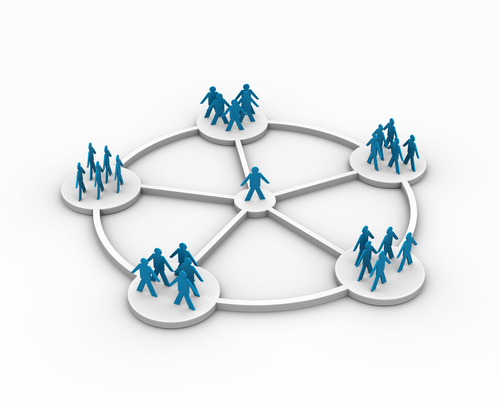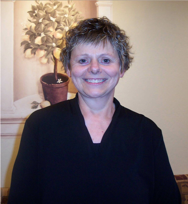
Improving Huntington's disease clinical trial recruitment through patient and family education
How can we improve recruitment into Huntington's disease clinical trials? Talking directly with families works!

Trials of new treatments for Huntington’s disease are happening, but proving whether a drug works requires lots of suitable volunteers. Surprisingly, finding enough volunteers is often difficult. Now a group of HD professionals has shown that education and outreach to patients in the community works well for boosting recruitment.
Progress towards effective treatments for Huntington’s disease feels agonizingly slow for the people who need them most. But clinical trials to test new treatments for Huntington’s Disease are happening. Before a drug can be approved for use in HD, it must be tested in symptomatic patients and shown to have a benefit. The improvement must be robust enough that it’s clear that the drug worked. That can require a large number of subjects, because the more people you test a drug in, the more likely you are to have conclusive results.
It may surprise some people in the HD community to hear it, but finding enough volunteers for HD drug trials isn’t easy. Motivated by this concern, a group of HD professionals, lead by Dr LaVonne Goodman, set out to find ways to improve recruitment of volunteers to participate in HD clinical trials.

The Trial
The trial that Goodman and her team set out to help fill was the recently completed “HART” study of Huntexil for movement symptoms in Huntington’s disease.
The scientists who planned the HART trial calculated in advance that 220 volunteers were needed to test the drug conclusively. They would be recruited from 28 clinics in the USA and Canada. Each volunteer would remain in the trial for three months.
Recruitment
Recruitment for HART in the USA was slow. It took nearly 2 years (from October 2008 to August 2010) to find 220 volunteer patients. For comparison, a trial in Europe with the same drug, called the ‘MermaiHD’ trial, recruited 420 HD patients in less than a year.
Improving that slow rate of recruitment for clinical trials would shorten the delay in obtaining trial results. To help with this, Goodman and her colleagues set out to understand what factors help HD families get involved in trials.
In an earlier study, with collaborators from the Huntington’s Disease Society of America and CHDI Inc., Goodman had set out to discover how much patients and their families understand about HD. By surveying patients and family members at local chapter meetings, she showed that the desire for information about trials, and the motivation to participate in them, was very high. What was missing was information for families about available trials. Goodman concluded that “education in support groups is a mechanism that can increase clinical trial participation”.
An opportunity to test these ideas was presented when the Evergreen Neuroscience Institute became a new Huntington Study Group site involved in the HART trial. With no regular HD patient base of its own, the site needed to recruit in new ways. Community advocates, educated about trials in general and Huntexil in particular, met with small groups of HD patients and families. In three sessions they had group discussions about the risks and benefits of this research. At the end of these educational sessions, printed information was available to interested parties.
“The entire HD community benefits from clinical trials, because whether they succeed or fail, they bring us closer to the day when treatments are available for everyone”
In addition to this in-person work, the HDSA sent pamphlets to members of its mailing list. People who had offered to participate in trials were also alerted via a website, HDTrials.org, that exists to facilitate this kind of communication. Finally, HDSA websites were updated with information about the trial.
Results
So which of these techniques was most successful in terms of encouraging willing and able participants to enroll in the trial? The Evergreen Neuroscience Institute saw seventeen HD patient volunteers, 13 of whom completed the HART trial. This made Evergreen the third largest of the twenty-eight sites in the HART trial – pretty impressive, considering that they had no regular HD patients to begin with. They were also the fastest site in the study in terms of recruitment rate. Clearly, Evergreen Neuroscience Institute was doing something right.
Where did their seventeen volunteers hear about the study? More than half were recruited by the in-person local advocacy work. Meeting families and talking to them about clinical research was Evergreen’s most effective way of recruiting patient volunteers. The other sites involved in the HART study had a different experience: most of the other volunteers in the HART study came through direct referral by professionals working at the site.
Take home message
It seems that, in this case, working in person with families was the best way to enlist volunteers for clinical trials. The entire HD community benefits from clinical trials, because whether they succeed or fail, they bring us closer to the day when treatments are available for everyone. In future, there will be even more trials, many running at the same time, and getting enough patients involved is a challenge for the entire global HD community. Goodman and her team have shown one way to speed recruitment of volunteers to run successful trials.
Learn more
Sources & References
For more information about our disclosure policy see our FAQ…


